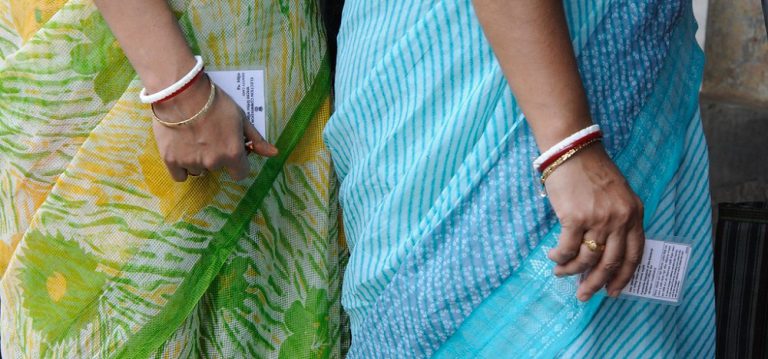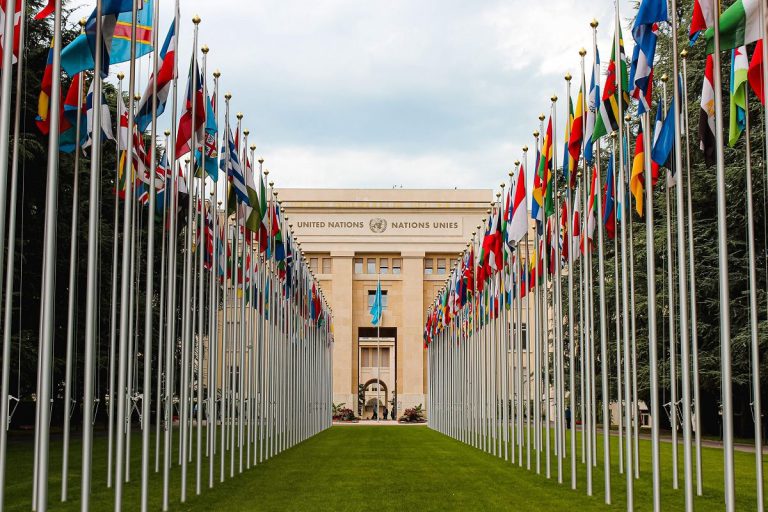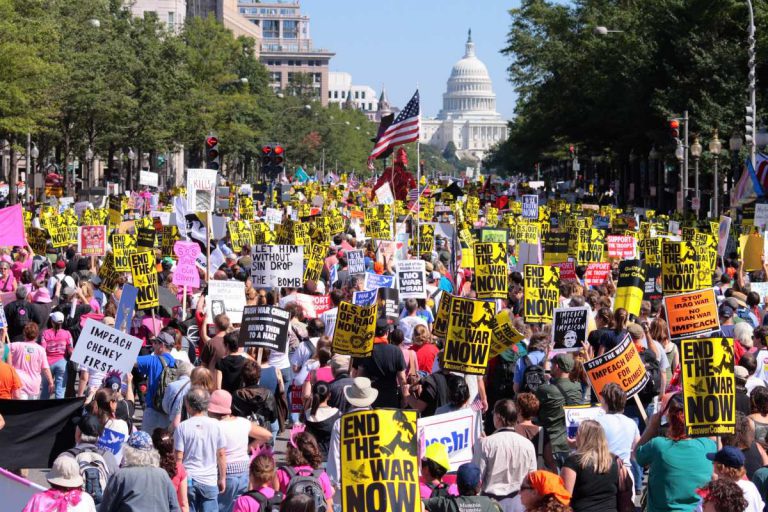State of India’s inter-state water disputes
In our quest for life on other planets, we search for mostly one thing that may indicate a possibility of life ‘Water’. This is because life begins with water.
At present, India is facing a daunting water crisis that threatens its environmental sustainability, and economic rise at the global level. At the domestic level, water has emerged as a source of increasing competition and underlying discord between many states striving for higher economic growth. Water, of course, is not the only resource that India’s rapid economic development brought under growing pressure. Still, it is the most critical one for which there is no substitute.
‘Water’ in the Constitution of India
Water is a State subject as per entry 17 of State List, and thus as per law- states are empowered to enact legislation on water.
- Entry 17 of State List deals with water supply, irrigation, canal, drainage, embankments, water storage, and water power.
- Entry 56 of Union List gives power to the Union Government for the regulation and development of inter-state rivers and river valleys to the extent declared by Parliament to be expedient in the public interest.
- Article 262 of the Constitution of India deals with the adjudication of inter-state disputes related to water. Based on the power given under this Article, the Parliament enacted two separate laws:
- River Board Act, 1956 – The objective of the Board was to advise on inter-state river basins to prepare development schemes and to prevent the emergence of conflicts.
- Inter-State Water Dispute Act, 1956 – It provides the procedure in case of legal disputes between states. If the matter cannot be solved by mutual consultation, the question is forwarded to a tribunal constituted under the Act.
Although the right to water is not enshrined as a fundamental right in the Indian constitution, courts have interpreted Article 21 of the constitution on the “Right to life” as encompassing the “Right to water.” Yet the right to water, in practice, exists only as an idea, as an inter-provincial water feuds continue to rage despite interventions by the court.
Current water disputes
Conflict management between warring states has become a central feature of the water dispute in India. The federal government and the country’s Supreme Court repeatedly have engaged in constant water disputes between the states.
- For Cauvery waters: Kerala, Tamil Nadu, Karnataka, Pondicherry are involved
- For Krishna waters, Maharashtra, Andhra Pradesh, Karnataka, Telangana are involved.
- For Ravi and Beas waters, Punjab, Haryana claim stake.
- For Narmada waters, Rajasthan, Gujarat, Maharashtra, Madhya Pradesh are involved.
- For Godavari waters, Maharashtra, Andhra Pradesh, Telangana, Karnataka, Madhya Pradesh, Odisha are involved.
- For Mahanadi waters, Chhattisgarh and Odisha are fighting
- For Periyar waters, Tamil Nadu and Kerala are involved.
- For Mahadayi waters, Goa, Maharashtra, and Karnataka are fighting
- For Vamsadhara waters, Andhra Pradesh and Odisha are involved.
But the case and situation outside the courts are turning into a sinister one. Now people are against each other for water in our own country, which is costing many lives, mass protests, lawsuits, and political rancor between the states demanding a large share of water from both sides to meet its irrigational, agricultural, and human needs. Tension runs rift in many pockets over the water issue.
Settlement of dispute between Maharashtra, Karnataka, and Andhra Pradesh states over the sharing of the waters of River Krishna was the subject of two separate tribunals that delivered their decisions in 1973 and 2010. Yet, this wrangle is still a never-ending war. There are many such cases.
How far have we settled
The Supreme Court has been struggling for years to resolve water disputes between various states, only to find the parties returning to litigate again on new grounds. Despite such an unflattering record, the court has demonstrated a proclivity to deepen its involvement in water wrangles.
The Cauvery river dispute begins with the equitable water sharing between the two states and has been complicated by historical and hydro-logical factors: Tamil Nadu with 54 percent of the basin area, has invoked “historic rights” to assert priority of use and block greater upstream utilization. On the other hand, Karnataka as the contributor of more than half the basin waters, demanded as share more significant than the 36.5 percent awarded by the tribunal in 2007. It took the Cauvery water dispute tribunal seventeen long years to reach a final decision, only to provoke new litigation in the Supreme Court again. The reason for this endless cycle of sporadic litigation and ad hoc adjudication is that the two states continue to avoid mutual engagement in sharing the shortfall during the years.
Supreme Court also has been trying to resolve water disputes among Punjab, Haryana and Rajasthan states. Upstream Punjab has been seeking to control the flow of river waters to the other states and leave low riparian Rajasthan at the mercy of Punjab and Haryana for receiving its agreed-upon share of the waters.
A number of other water feuds involving dams, environmental or public health issues, or the project-related displacement of local residents have knocked doors of justice like:
- In the state of Uttar Pradesh, elected officials dragged their feet over releasing water for the federal capital, New Delhi, from the Tehri Dam in the foothills of the Himalayas. The building of the Tehri Dam, located in Uttarakhand state, itself generated a lot of public controversies as the issue became emotionally surcharged, preventing rational debate.
- The Court after hearing the matter on and off for a decade, ordered the establishment of a high-level committee in 2010 to examine the safety and other issues related to a dispute between the states of Kerala and Tamil Nadu over Mullaperiyar, an old dam constructed at the end of the nineteenth century. Later the Supreme Court-appointed a committee to examine the safety aspect-an issue court should have looked at before it earlier permitted an increase in the storage level, given that the dam’s safety had been a public matter since 1979.
- Even the office of the Comptroller and Auditor General of India-an autonomous authority-has intervened in water issues, presenting a report in 2010. For example, on environmental grounds, criticized the decision of the northern state of Uttarakhand to permit private sector development of river resources for hydropower.
The blunt truth is that judicial and other interventions in Indian water disputes have not been able to put an end to quarrels. Intervention by courts, while helping to calm public passions, has only succeeded in keeping water disputes lingering.
The lesson to be learned from India’s experience in that water disputes are not legal but political matters and thus must be resolved politically or through arbitration by an institutional mechanism in which all parties are represented and have full faith in their objectivity and efficacy.
Yet, ad hoc, personality-driven actions have continued to trump institutionalized interventions, characterized by a multiplicity of government agencies. Still, the absence of any linear command structure has only promoted delay, dithering, and lack of accountability. It is clear that with the present kind of a situation and lackadaisical approach, India is set on the edge to face sharpening domestic water disputes in the coming days.
Featured Image Credits: Sri Harsha Dantuluri








